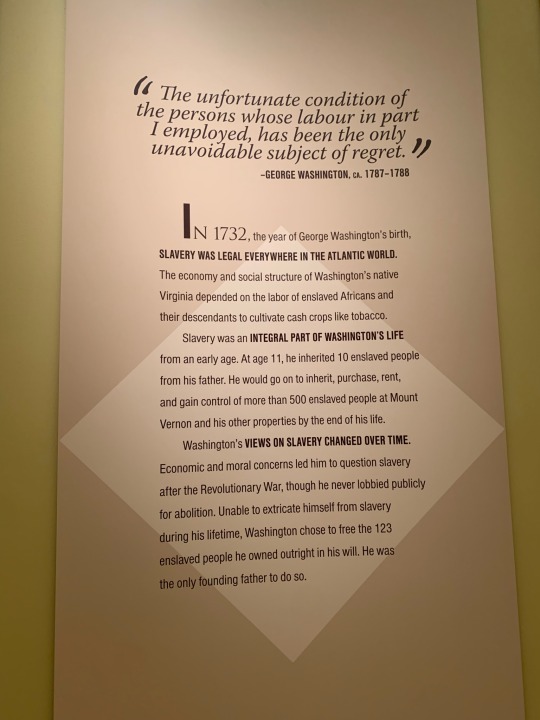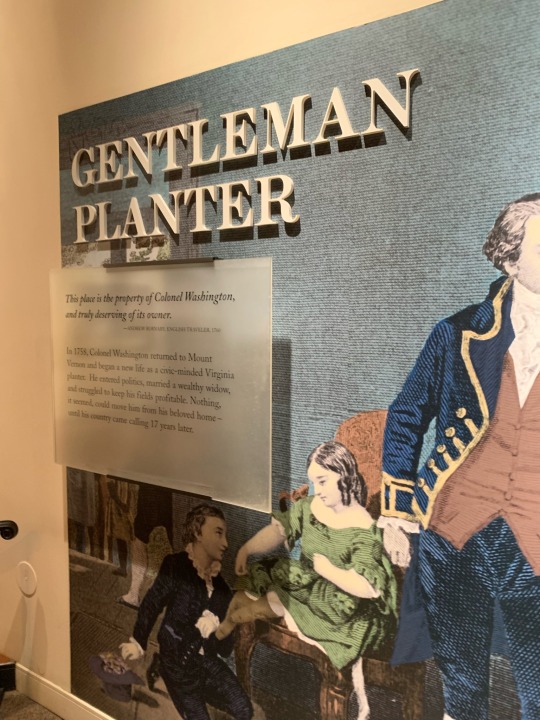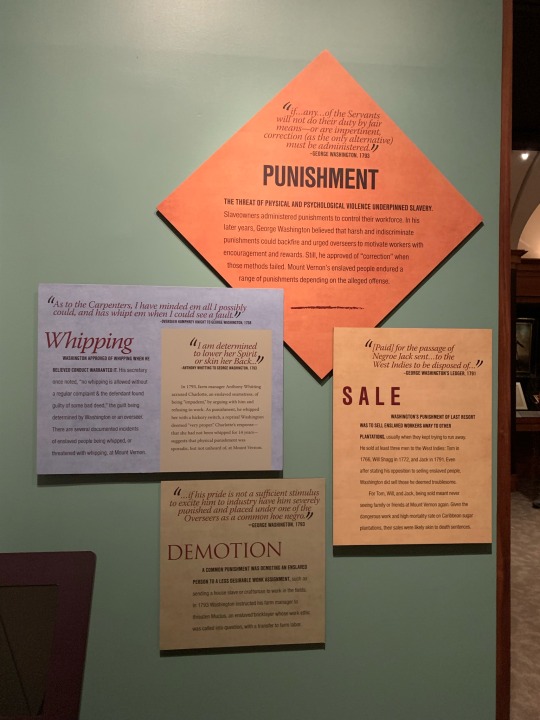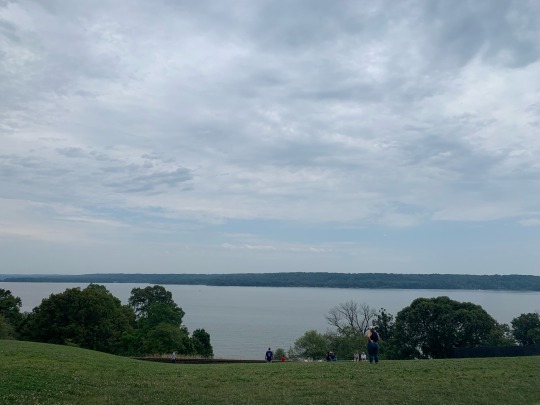#does the nation descend into civil war? is the president's death the excuse the us or england or whoever is waiting for to step in
Text
house md wildest show on earth. a main character outright assassinates a known dictator, a moment that would be the very beginning or the mid-series crisis in any other show - an act which creates a power vacuum in a foreign nation already filled with child soldiers and genocide, and it's literally only brought up again throughout the season because that guy's wife divorces him over it. and occasionally to explore his relationship with who he is as a person and a catholic after having deliberately taken a life for what he calculates as the greater good, but mostly it's about his divorce
#i no longer think wilson is the most divorced guy ever#sure he's been divorced more TIMES than chase#but the things he's been divorced OVER are way more normal#it is so nuts like . chase. bobbie. rob. bobert. what happened next. in the country i mean#like the president is dead. does his regime crack down extra hard on the ethnic cleansing?#does the power vacuum give the opposition a chance to step in?#how much of what the president said about the people he's wiping out having been in a similar dictatorship in the past is true?#does the nation descend into civil war? is the president's death the excuse the us or england or whoever is waiting for to step in#and assume ad hoc governance thus destabilizing the region even more?#all because one guy in one hospital decided the math was in favor of his killing a guy if that guy was going to order more killings?#absolutely NEVER explored. yeah do no harm and the morals we share with our partners are important#but christ alive. the aftermath of the assassination could be a whole show in and of itself and im pretty sure it just never comes up#house is a show#house md#q
619 notes
·
View notes
Text
Mount Vernon and Charlottesville (again)
Josh’s Perspective:
I have fond memories of going to Mount Vernon when I was about five years old. I remember it was a chilly autumn night, so there was seasonal hot apple cider available. It was delicious! I do not remember much else though, not even the house tour. The visit during our research would allow me to get a better understanding of what the site continues to maintain about America’s first president. I joined Tomi and Dr. Sherayko in starting with the gift shop before heading up to the museum and mansion only to find many massive school groups gathered. Such a sight would have been unthinkable a few months ago, but it is great to see that people of all ages are getting to go out again. Tomi purchased a few items, but I decided to browse. It was enlightening to see books about Ona (Oney) Judge and other enslaved persons owned by the Washington family alongside material about the founding fathers.
When we entered the museum, we decided to start with the exhibit titled Lives Bound Together: Slavery at Washington’s Mount Vernon. Seeing this felt especially appropriate since we visited on Juneteenth, which celebrates the effective end to American slavery two years after the Emancipation Proclamation was signed. The initial film that we watched set the tone for an honest presentation of George and Martha Washington as slave owners. The inclusion of voices from descendants of the enslaved is an indispensable element of the exhibit as they can tell the story of their ancestors better than any historian can. The material culture presented throughout the dim display cases provides visitors an opportunity to see what life was like for the enslaved community of Mount Vernon. There were a few things that did not seem right to me. At every turn, excuses were floated out for Washington. Yes, he expressed concern for the continuation of chattel slavery in the young nation, but he and his family were still slave owners for his entire life. When one of the panels mentioned that Washington only punished the enslaved when necessary, I got frustrated. Just because punishments were used occasionally does not mean he was good to the enslaved. There is no such thing as a good slave owner. George Washington only freed the enslaved persons that he owned upon his death when he did not need them anymore. For someone that our country holds in such high esteem, Washington was still a slave owner. That is an undeniable fact. I appreciated the narratives presented for famous members of the enslaved community at Mount Vernon, such as Ona Judge, Frank Lee, and Hercules. Their stories matter just as much, if not more, than the people that owned them.


After walking through the next exhibit in the Education Center, which was just a shrine to Washington’s military and political career (including a 4-D film experience), we were all unsettled with what Mount Vernon was doing. Monticello had done a much better job in presenting the full history, flaws and accomplishments, of Thomas Jefferson. We headed down towards the tomb of George Washington and the burial ground for the enslaved. I was glad to see that many people gathered around in the area of the enslaved burial ground. The memorial is located around a marker that was placed in 1929 by the Mount Vernon Ladies Association. Since the language was a bit outdated, a new memorial was placed in 1983. It was designed by students of Howard University. So many stories are unknown about the many people buried in this place, and I wish we could know more. Some laminated cards seemed to be out only for Juneteenth informing visitors about a few of the enslaved, but there needs to be a more permanent piece of signage to respect the memory of all. I did appreciate the member of Mount Vernon’s staff playing solemn music on a fife as we paid our respects.

To conclude our visit, we headed back up to the mansion and saw some of the livestock that Mount Vernon cares for along the way. The wait to get inside for the tour took a little longer than any of us were expecting, but we rushed through as soon as we got inside. Some interpreters seemed a bit more knowledgeable than others and the experience was less than satisfactory. There was no real critique of the Washington’s when we were inside the mansion, which needs significant revision. I am not saying that George Washington is on the same level as Jefferson Davis and that we need to remove all statues that were put up in his memory, but we do need to be honest with ourselves. Washington was a man with flaws and his seemingly pristine legacy at Mount Vernon should be complicated. The private organization that owns and interprets the property can do a better job to ensure that everyone can see themselves equally. This may come with serious actions to increase diversity in staff and those that visit.

Though we were all fatigued after the day at Mount Vernon, we made a final stop in Charlottesville before returning to Lynchburg. The George Rogers Clark statue near the University of Virginia is slated to come down later this Summer. The reasoning behind this decision is the depiction of Native Americans. When we saw it in person, I was horrified to see the Native Americans being shown to be subservient and cowering in fear to the explorer on horseback. Colonization had disastrous effects on Native Americans throughout the North American continent. A negative presentation of any tribe or nation does nothing to help the survival of their culture. The University is making the right decision in taking the statue down and discussing a replacement to best honor the culture of the original inhabitants of North America. I am confident that UVA will do the right thing to show that Native Americans anywhere are not cowardly and disappearing people. That kind of monument and education is essential, especially for Virginia groups like the Monacan Indian Nation.
Tomi’s Perspective:
As with most of the sites we have visited, I had not been to Mount Vernon before. I was looking forward to seeing the historic home and museum dedicated to our first president. We entered the gift shop first since we were a little early getting to the site. I picked up quite a few things as I was very impressed with the wide selection of items. My excitement grew after shopping. We walked on a short path to the visitors center and even saw a very cute ram on the way. The funniest part about the whole day was that this little ram would end up being our favorite part of Mount Vernon. The visitors center was packed with guests eager to learn. The staff was kind and pointed us to the maps and audio tour devices. The maps were in a wide array of languages, making the park accessible to a diverse group of visitors. Since I am learning German in the fall and Dr. Sherayko speaks the language, we both picked up one of the German maps for fun. As we were looking where to go, the beginning of our misgivings with Mount Vernon began. The map was not very well done and I got extremely frustrated with this as it was not to scale. Josh and Dr. Sherayko both thought my map frustrations were funny, but by the end of the day we were all feeling that way towards Mount Vernon.
After deciphering the ultra confusing map, we ended up at the museum. We were all very excited to see the Lives Bound Together exhibit on Washington and the enslaved. This exhibit was a breakthrough for the organization as it came out in 2016. It was only supposed to last one year, but the foundation got grants for it to spend extra time in the museum. Once the pandemic hit, the exhibit was extended again. It will finally go on as a travelling exhibit after July 11, 2021. As soon as you walk in you are faced with large panels in a circular room with Washington’s bust in the middle. All of the panels detail the “complex and painful” story of slavery at Mount Vernon. Each of them was honest and told truths about Washington’s slaveholding that had not been shared so explicitly before. One of the hardest hitting facts was that there were over 500 enslaved people at Mount Vernon over Washington’s lifetime. In the beginning here, we noted that it also said he freed his 123 slaves in his will and that he was the only founding father to do so. Though this is true, this fact was unpacked a little more as we went through. The exhibit itself was long and had a lot of reading. This one exhibit was in a space the size of the Tredegar Civil War Museum’s exhibition room. For us, having seen so many different sites over the past few weeks, we know that to truly grasp your typical tourist an exhibit cannot be so long winded. Of course Josh, Dr. Sherayko, and I analyzed the panels as best we could, but even to us it began to be saturated. The worst part was that there was a lot of repetition. It seemed every panel restated something else in different words. Remember back to the fact I shared earlier: Washington freed his 123 slaves in his will and was the only founding father to do so. As we entered the third room, there was yet another panel on the wall about this, but this time there was more to this fact in smaller print than before. Yes, Washington did free his slaves in his will, the ones that he owned himself, but not after his death. In his will his slaves were to be freed at the time of Martha Washington’s death. Mind you, not only did Martha own slaves, but she had over 30 enslaved people she had inherited from her family. Martha owned 153 slaves when Washington died. Why was this mentioned in small print? Just as Josh mentioned our concerns over the extended praise the exhibit was giving to Washington, this was another part that did not sit well with the group. The long, repetitive, overly praising, and not so clear Lives Bound Together exhibit was overall very disappointing. It is wonderful they are talking about the lives of the enslaved and including descendants, but we all feel like the exhibit could have been much better.



After experiencing Lives Bound Together, we went to the other part of the museum entirely devoted to Washington. Sadly, it was hard for me to enjoy the very patriotic exhibits to Washington. I do believe that we can look at the legacies of our founding fathers and be proud of their brilliance in creating the United States. But, it was very hard for me to do so when there isn’t complete honesty about their slaveholding pasts. When comparing the honesty of Monticello and Montpelier, Mount Vernon was subpar. I wished that I could have enjoyed our 4-D experience, the walk through Revolutionary times, and all of Washington’s history, but I could not.
On our way to the mansion tour, we made a few stops at the enslaved peoples exhibits. These were well done in preserved Slave Quarters. This was enlightening to see after the experience we had in the museum. It was interesting to note that there had once been a store dedicated to Martha Washinton in one of the Slave Quarters. It was still on the map and there was still a sign on the door, but it seemed to have been closed for a while. I wish I would have asked one of our guides why this was changed. We were all happy to see many visitors by the enslaved peoples quarters and learning about their roles at Mount Vernon. After this, we walked to the enslaved people’s burial grounds and to the Washington’s family tomb. Of course it was moving to see the site of our first president's burial, but when we walked over to the enslaved people’s cemetery, we were all moved to near tears. With a flutist playing Amazing Grace and other beautiful songs as we observed the solemn site, we read through some of the stories of those who were buried there. It was powerful to stand where so many men and women that had once been forgotten about, but now remembered by name, had been laid to rest.

After climbing the hill from the cemetery, we were only 10 minutes away from our house tour. Sadly, they were running very behind and our tour that was supposed to be at 2:10 ended up being at 2:30. During those 30 minutes standing in the heat, Dr. Sherayko filled the time by teaching us new German words like enttäuscht. The house tour only lasted 15 minutes and was quite an odd experience. In the first room, our tour guide slipped up and used the word “servant” to describe the enslaved population. In the end she corrected herself, but that shows where Mount Vernon’s interpretation has been. Going through the home quickly, seeing the horrid green paint on one of the walls that was said to be Washington’s favorite, and then to end with a really odd tour guide sealed the deal for us to head home from Mount Vernon.

On our way out we stopped by the new Ona Judge National Historic Sign. I was beautifully done and we were so happy to end such an up and down day at Mount Vernon on such a high note. Josh and I were happy to end our trip smiling together in front of this wonderful sign.
Despite all of us being deliriously tired, we made a pit stop in Charlottesville to hit Trader Joe's and grab dinner. At dinner Dr. Sherayko reminded us of a statue we forgot to see on The Corner at UVA that is due for removal. Even though we were all spent, we made the trip. The statue of Revolutionary War hero George Rogers Clark does little to show his heroism. He is best known for defeating the British in quite a few battles and earning the French’s trust, but he also has another legacy that is shown in the monument to him. “CONQUEROR OF THE WEST” is the title given to Clark as he sits on his horse, reaching for a weapon to use against Native Americans. Clark fought and took Native American land in many battles. After the Revolution he was even given the position as Indian Commissioner. Though this statue may accurately represent one of his legacies, it puts it in a celebratory light. Celebrating the destruction of indigenous peoples lands, people, and assets is nothing to be proud of and have a statue for. We are all quite happy UVA is choosing to take this statue down.
After grabbing some delicious ice cream at Kilwins, we randomly saw Dr. d’Entremont, our American History professor, walking across the street. I embarrassingly stuck my head out of the window and called out to him. We pulled over and chatted about what we all were doing in Charlottesville. He mentioned to us another site we should check out that is actually no longer there anymore. There was a Confederate statue on the courthouse lawn that was removed last summer. There isn’t even a base left, so in our initial trip we would have had no idea to look for it. We all mosied up the street together and looked where the old statue used to be. We ran into a resident of apartment buildings right across the street who expressed fond memories of the old statue, the Lee statue that was only a few blocks away, and the Clark statue. She told us about walks along this street with families, how there would be a live nativity scene at Lee Park, and how her fathers law office was right across from the Clark statue. She understood mostly why they were being taken down, she said, but she felt like it robbed her of childhood memories. We all listened to her touching story, but what she may not understand is that there is a significant population of African Americans and other citizens who are unable to have such fond memories. These statues that are entrenched in the Lost Cause and have racist sentiments leaving the monument landscape allow for a more inclusive community where all can create similar memories to hers.
2 notes
·
View notes